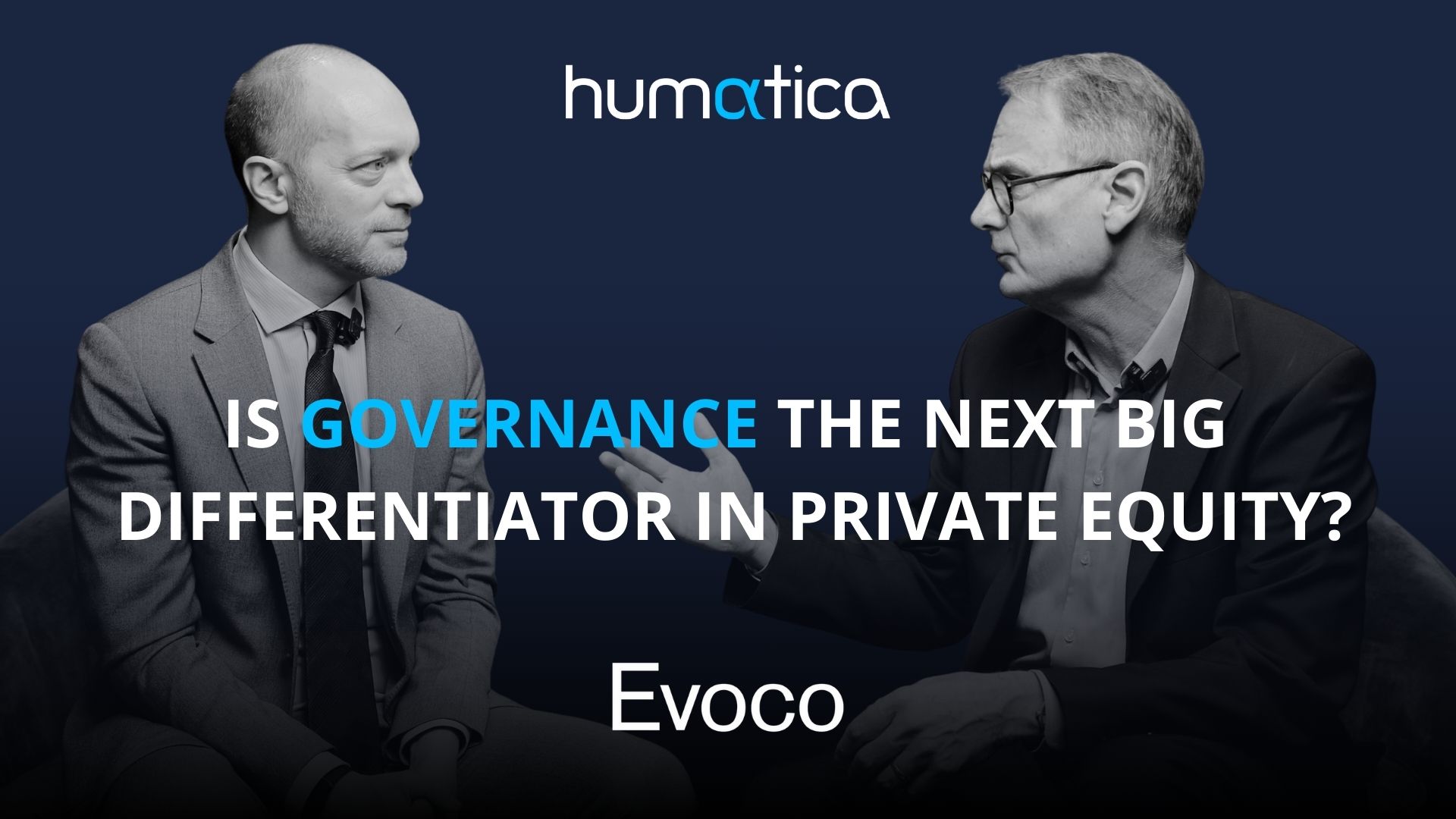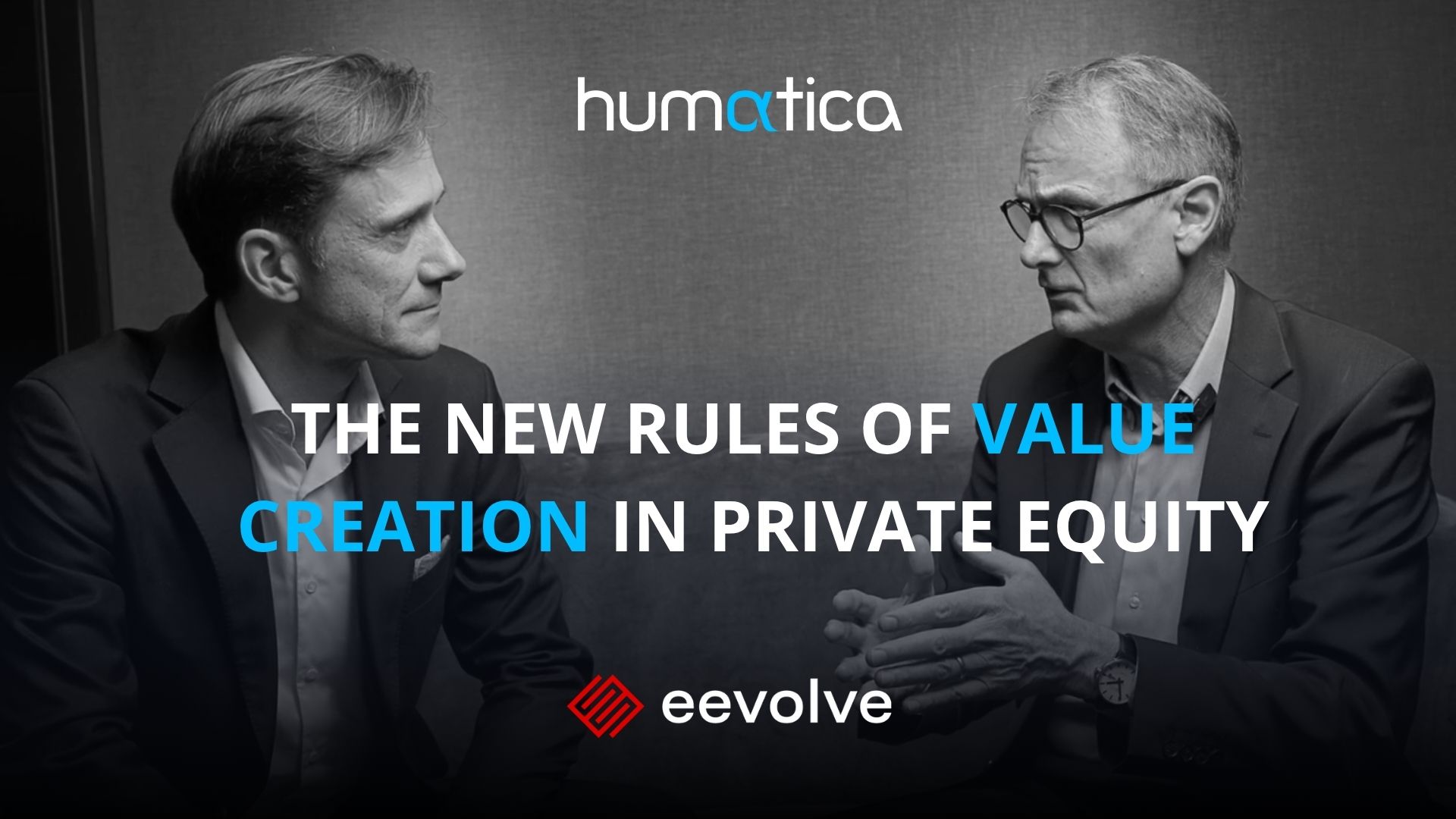
The information-age has brought the rise of “knowledge workers” as the key asset driving value growth – smart, self-motivated people who connect-the-dots and facilitate the right collective actions before the competition. But leading knowledge workers brings new challenges. They are more independent and mobile than ever. And, they don’t respond to old-school, industrial-age leadership telling them what to do.
Leaders are struggling to learn how to influence the efforts of this cohort in new ways which enable more personal freedom and facilitate the free exchange of knowledge, ideas and information between hierarchies, locations and functions. The concepts of employee engagement, work-life-balance and psychological safety are logical consequences of this shift in post-industrial economies. One might therefore think that fear as a motivator is dead.
And clearly, you will not motivate knowledge workers through fear. But, as a leader you run the risk of immobilizing a knowledge-based organization by failing to use fear on occasion as a lever to avoid dysfunctional behaviors that erode the free flow of ideas, creativity and action. Fear is still an essential part of the leadership mix, but it must be used very selectively, and only to indicate where the cultural guardrails are.
Humatica has worked with hundreds of portfolio company CEO’s across industries for over 18 years. They are charged with bridging the difficult gap between investor return expectations and knowledge worker aspirations. All of these leaders can be allocated into four categories depending on how they were liked versus feared. By far, the most successful minority were those who balanced being both liked und feared.
In their networked, knowledge-based organizations, these leaders understood the power of signalling to shape culture and behaviors in a way that produced highly agile and effective cultures. They make people feel comfortable and secure 99.9% of the time, to create an environment of deep trust. But, they also utilized rare signalling opportunities 00.1% of the time to take decisive actions that sanctioned dysfunctional behaviors when these were obvious. The combined IQ and EQ to do this properly, on-the-spot and in-the-moment is not something you can study for. It comes more from gutfeel, personality, and life experience.
So, despite the conventional wisdom, fear is not dead yet. But, its role has changed: It still serves a useful purpose in preventing dysfunctional behaviors that are corrosive to a well-functioning, entrepreneurial, knowledge-based organisation.
This article was originally published as the Humatica Corner in Real Deals magazine.

In today’s private equity landscape, the classic levers of value creation are no longer enough. As markets evolve and competition intensifies, governance is emerging…
Read more
Measuring organizational performance is difficult, especially in a way that is both systematic and genuinely useful for decision-making. In a recent Alpha Talks conversation, Ueli…
Read more
Unpacking the root causes behind underperformance and how to resolve them It’s a familiar scene: Over dinner, a client lamenting inconsistent results across their portfolio…
Read moreErhalten Sie jeden Monat Neuigkeiten und wertvolle Perspektiven zu Themen der organisatorischen Effektivität